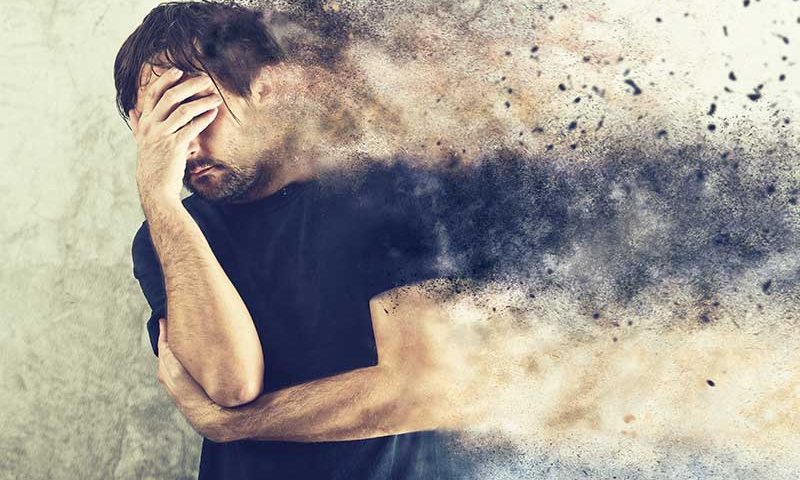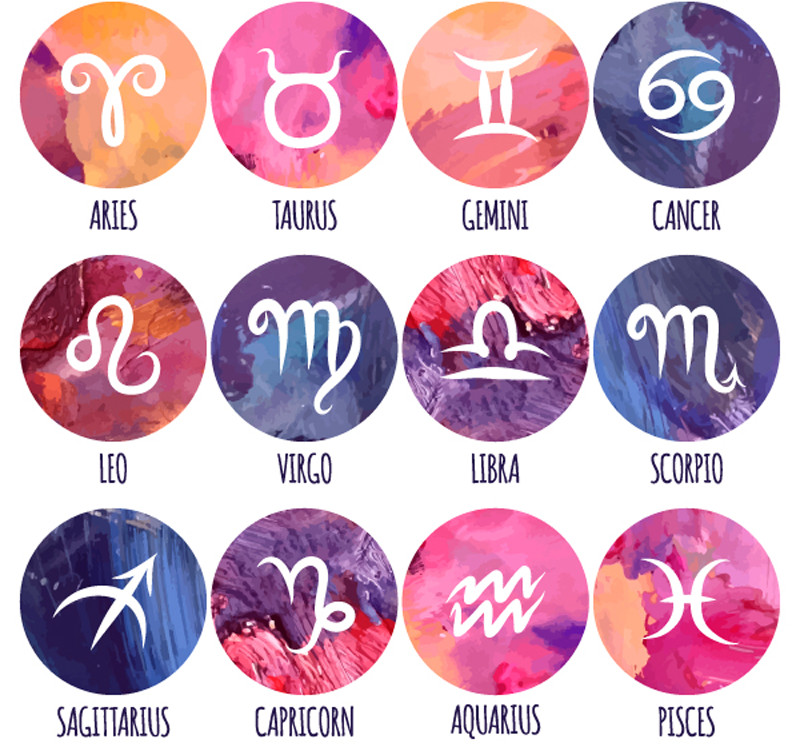
The World’s Best Yoga Retreats
July 21, 2017
7 Relaxing Yoga Poses for Better Sleep
July 31, 2017How Yoga Can Reduce Anxiety

How Yoga Can Reduce Anxiety | Ana Heart
Often, whether symptoms are mild or severe, those that suffer from anxiety are advised by their doctor to take up yoga. Why? Doctors are beginning to recognize yoga as an effective complement to therapy and an alternative to taboo medication when treating varying cases of anxiety. Yoga not only helps your breathing but also involves meditation that relieves stress and tension – all of which reduce and help to manage anxiety and, gradually, could mean ridding your life of anxiety permanently.
For more than 3,000 years, yoga has been used to embrace mindfulness, promote calm and clarity, and as a method of mental, emotional and physical release. However, it’s only recently that the medical community has welcomed yoga; for years, the benefits of yoga lacked proof, but recent studies confirm those benefits. In 2015, JAMA Internal Medicine published a paper evaluating almost 50 separate studies that looked at the benefits of meditation, and the study found consistent evidence that meditation improved and, sometimes, eradicated symptoms of anxiety. According to mental health charity Mind, exhaustion and stress are one of the leading causes of anxiety; however, yoga helps to relieve stress and, ultimately, prevent emotional build-up which, in turn, reduces anxiety.
What the Experts Say
Most experts agree that a combination of breathing and mindfulness helps to reduce anxiety; however, we also recommend that those suffering from anxiety see a professional to evaluate possible causes of anxiety. Similarly, yoga helps to reduce and manage depression and even PTSD – Yoga Journal, over the years, has featured many real-life case studies that prove yoga’s many benefits.
According to Deborah Khoshaba of the Hardness Institute in California, “Being in a deep state physiological relaxation even affects you on a neurobiological level — your very cells take a break.” She adds, “While we may think of relaxation as taking place when we are having a good time with friends, drinking and laughing, in fact, this is when our bodies are in a state of biochemical tension, pumping out adrenaline.” In relation to treating anxiety and depression, Khoshaba said, “Since stress is often a big factor in depression, part of yoga’s effectiveness comes from its proven ability to release tension and lower cortisol levels — people who are depressed tend to have elevated levels of the stress hormone cortisol.” Yoga teacher Patricia Walden adds, “Simply improving your posture through practicing yoga could also help improve your mood.” There you have it! Yoga does reduce anxiety.
Dealing with Anxiety
Whether you suffer from anxiety or depression, or you just want to take a time-out to relax once or twice a week, yoga is an excellent solution and something you can easily incorporate into your weekly, if not daily, routine. By practicing yoga, you will balance your chakras and take a few moments to calm your mind. Better still, even though regular yoga classes will require some equipment and clothing, you can practice yoga in the comfort of your own home without any yoga equipment or clothing.
Below, discover four essential yoga poses you can add to your routine to reduce anxiety.
Child’s Pose
In yoga, Child’s Pose is a resting pose often performed towards the end of a class or routine as part of cool down; it allows you to gather your thoughts. You can also use the Child’s Pose to rest between challenging poses. While relieving anxiety, this pose releases tension in your neck, back, and shoulders.
Throughout the Child’s Pose, as with all yoga poses, it’s essential you focus on your breathing – inhaling and exhaling deeply – to calm your nervous system and relieve feelings of anxiety, as well as stress.
To begin, kneel on the floor and shift your buttocks back until you’re sitting on your heels. Then, stretching your arms out in front of you and keeping your back straight, lower your chest and head until your forehead is resting on the ground. You can stay in this position for however long you need to; it’s all about feeling completely comfortable and relaxed and letting tension seep from your body.
Tree Pose
One of the essential yoga poses that promote concentration, focus, awareness and, therefore, balance – both emotionally and physically; the Tree Pose encourages you to focus on yourself rather than your anxiety which, ultimately, relieves feelings of anxiety and depression. Better still, you can practice the Tree Pose almost anywhere, which makes it an ideal coping mechanism if you’re feeling anxious.
The Tree Pose is relatively straightforward and, importantly, subtle. To begin, stand tall with your feet apart. Then, shift all your weight onto your right leg and bend your left knee; press the sole of your left foot against the inside of your right thigh, or just below your knee – make sure your toes are pointing towards the floor. To prevent injury, avoid resting your foot on your knee. To balance the pose, bring your hands to pray and hold the pose for a few seconds; breathe deeply until you are entirely relaxed. For maximum benefit, release the pose, switch legs and repeat on the other side.
Warrior III
Ideal for those seeking both mental and physical strength, Warrior III is a challenging pose that helps to improve balance, coordination, and posture while relieving anxiety – including symptoms related to digestion. Once again, Warrior III is a pose that helps draw your mind away from anxiety and, instead, focus on yourself and your body’s balance, thereby relieving tension and reducing feelings of anxiety.
To begin, stand tall with your feet hip-width apart. Then, turn to your left and widen your stance before turning your right foot 90-degrees, so your toes are pointing forwards. Move your left room around 45-degrees so that it looks towards the left-side of your mat. Align your pelvis with your right foot and bend your right knee. Lift your arms above your head and rest all your weight on your right foot and raise your left leg as you lower your chest forward, so your body is parallel with the ground. Straighten your right leg and hold for at least a couple of breaths before releasing and repeating.
In Summary
If you’re feeling anxious or anticipate an anxiety attack, practice one of the above yoga poses; better still, incorporate yoga into your daily routine to see long-term results. Combating anxiety is all about balancing your mind and body, aligning your breathing and relieving both emotional and physical stress and tension. Spend at least five-minutes every day working towards a healthier, happier you.

